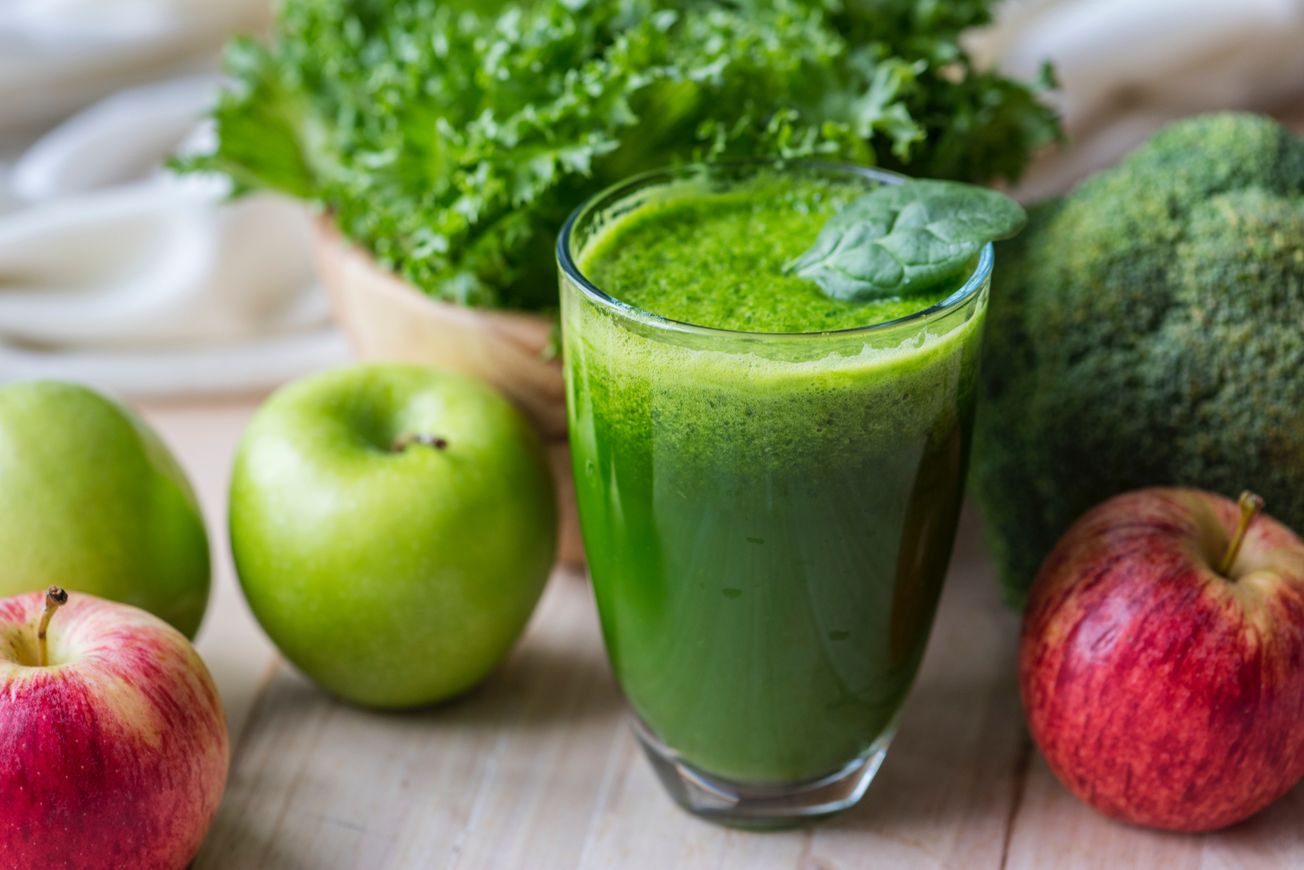By Claudia Brooks, Third Year, Film and Theatre
Managing an eating disorder can be a task made even more difficult with access to social media such as Instagram and products such as Skinny Shakes. Claudia Brooks tells her story and reveals what she believes can be negative in regards to combatting eating disorders.
When I was around 12 years old, I used to be teased for being too thin which inevitably meant I did not have the typically ‘assets’ young girls are meant to start growing during their pre-pubescent years. I had skipped a grade, so I was surrounded by girls either one or two years older than I was. How is it fair to compare the body of a 12-year-old to that of a 14-year-old? Thankfully, it did not last long as I became a home-schooled and managed to escape the teasing. The reason I am revealing all these details is because they all connect to the unhealthy eating habits experienced throughout the past ten years of my life.
At the age of 16, my kitchen table was slightly different to the traditional ones we often see in television shows. I had moved out from my parents’ house and was living in a one-bedroom flat on my own. This meant being able to throw parties - one of which the police were called, something I was regrettably proud of - being able to stay up until the early hours of the morning and basically, doing whatever I wanted.
With all this responsibility came the food shopping – something I wish I had had more guidance on prior to my independence. Fearing my college peers would tease me similarly to those I had when I was 12, I ate as much as I could: pizzas, pasta, crisps, chocolate – basically everything good that is fine in moderation. I did not do much exercise and I lost control of my physical health in the few years following.
Social Media
This unhealthy habit lasted until I was about 18, only to grow into another form of eating disorder. Having been alone at home when classes finished, my only solution to escape isolation was through browsing the internet – mostly Instagram and Tumblr. Everywhere I looked on these sites, every single woman I saw a picture of was thin with flawless skin and a Kardashian bum. It did not take long for me to look in the mirror and realise I was not in possession of any of those things. All I saw was cellulite and an over-loaded face of make-up to hide the blemishes under my skin, all of which were a credit to the bad food I was shoving down me. Suffice to say, any amount of confidence I had previously had, had washed away alongside my appetite.
Following this, I started following Instagram celebrities in the mere hope that looking at them everyday would turn me into one of the beautiful women I was looking at. I was brain-washed. If anybody who looks at these types of sites every day denies any inculcation, then I would severely question their sanity. Let us not confuse one another, there IS a way to look at these pictures and distance yourself from the idea that you should look like them. However, when an impressionable teenager with a low self-esteem views them, chances are false expectations will slowly start to establish themselves.
Skinny shakes
So, I did some research and I stumbled across meal replacement shakes. Just to clarify, when used in moderation, these shakes are not harmful per se. However, I was indoctrinated to drink them every day – sometimes for breakfast, lunch and dinner. I would believe that if I drank the shakes like the celebrity endorsers on Instagram suggested, I would drop the pounds and have the enviable ‘Instagram body’. On the days where I was too faint and had to eat something, I would become increasingly distressed at myself for breaking my so-called ‘diet’ and feel an overwhelming sense of inferiority in comparison to these women I was obsessing over.
I was indoctrinated to drink them every day - sometimes for breakfast, lunch and dinner.
Inevitably, I realised the shakes were not doing any good mentally and physically and I was not losing the amount of weight I wanted/needed to. This resulted in me being caught within the vicious circle of hunger and desperation without seeing a good way out. My solution? I went back to constantly over-eating as I was when I was 18/19 and getting drunk most nights with my friends to help soothe the pain of having to look at my body sober. I am no alcoholic, but those nights/hungover mornings would help.
Conclusion
My realisation of how vacuous I was is still in effect each day as I grow to appreciate the body I have, whilst understanding that nutrition and fitness play a factor within the process of acceptance. Perhaps the most obvious complaint for me to make and to gain sympathy is to accuse my family for letting me move out at the young age of 16 without any knowledge of the importance of healthy eating and fitness, but the truth is, it is not their fault. My ignorance relying on Instagram to represent the ideal body type is laughable now that I think about it, despite still falling within its wicked ways now and again when I am feeling sorry for myself.
If there was anything that I would want a reader of this article to take away, it is that Instagram should not depict our ideas of what we think our bodies should look like. Its only purpose is for us to stay in touch with the activities of our loved ones, and those people that we do not like but are too nosey to unfollow…
*Featured Image: Epigram / Rawpixel *
What are negative factors when combatting an eating disorder? Comment below or get in touch!









